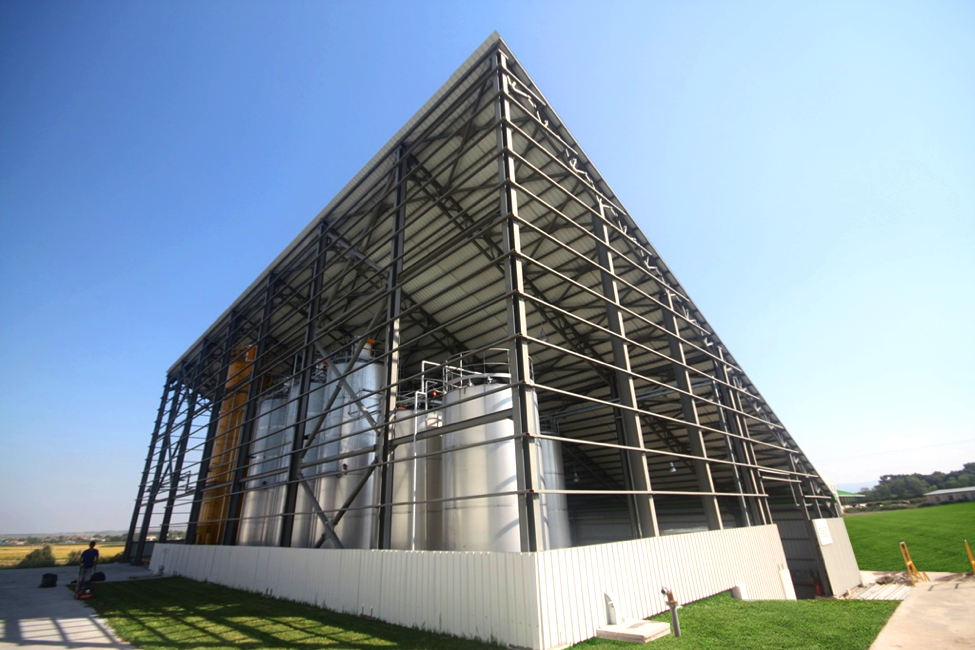
Humic acids or humus are black or dark brown substances formed by plant or animal residues that are partially or completely decayed. Humus is a substance that facilitates the uptake of fertilizers. Today, the increasing use of chemical fertilizers causes the humus in our land to be rapidly depleted. In order to solve this problem, more and more humic substances (humic acid and fulvic acid) are being applied to fields in recent years. Humic and fulvic acids can be obtained from a variety of sources. However, among these sources, the highest humic and fulvic acid ratio is present in Leonardite. Leonardite is an oxidized form of lignite coal formed after a natural process lasting 70 million years. It has high cation exchange capacity. Humic acids from Leonardite have a long-lasting effect. They do not compete with nutrients such as nitrogen. It is also used safely in organic farming.
The use of leonardite in agriculture is mainly in two ways; as solid (granule) or liquid.
Solid (granular) Use: leonardite removed from the mine; It is subjected to a series of physical processes for breaking, grinding, sieving, cleaning of impurities, and dewatering. Then the leonardite, which is bagged and delivered to the field, is mixed with soil.
Liquid Use: Leonardite is reacted with potassium hydroxide in boilers called reactors to produce crude liquid humic acid. The liquid humic acid, which has been subjected to homogenization and filtration processes, is then bottled and sold. Liquid humic acid can be used in the field by mixing into the irrigation water or it can be sprayed on leaves.
Plant Inputs:
• Leonardite
• Biogas digestate liquid form
• Potassium Hydroxide
• Hot water from biogas engines jacket cooling
Products (Plant Outputs):
• Liquid humic acid in drums
• Liquid humic acid in cans
R&D
R&D FacilitiesAltaca Construction
Examine our projects%95
Capacity Utilization Rate
50
More than 50 new jobs in each project

